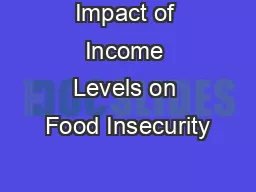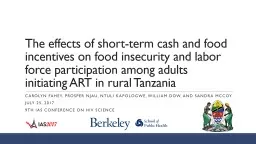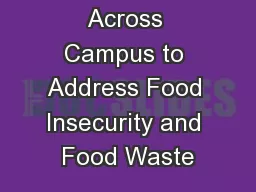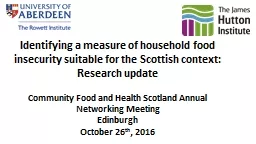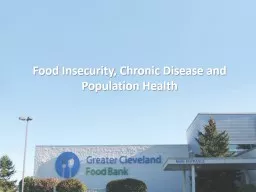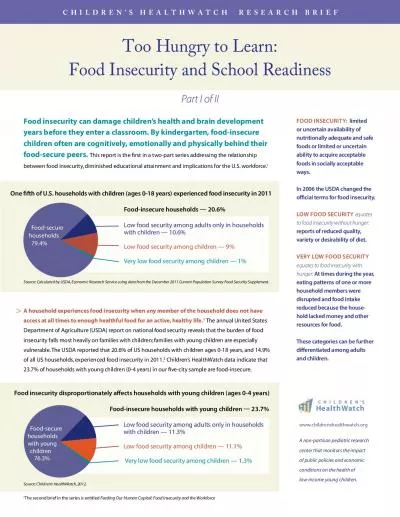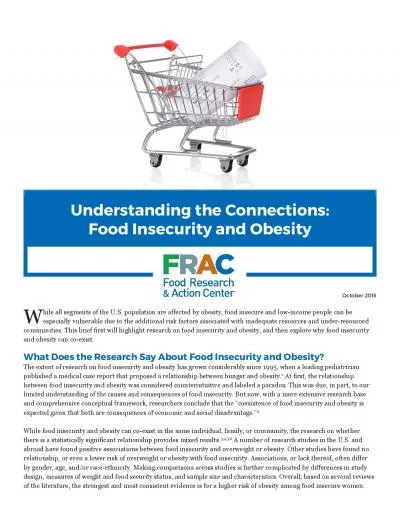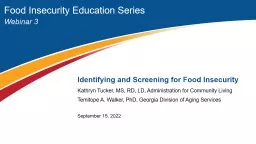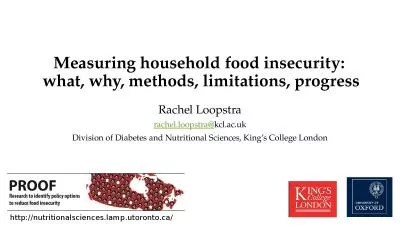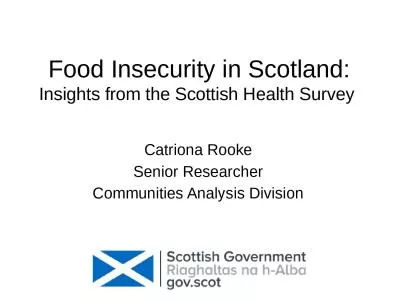PPT-Impact of Income Levels on Food Insecurity
Author : tatyana-admore | Published Date : 2017-10-14
Presented by Shelby Lenz Kelly Annestrand Andrea Bird amp Amy James Tarleton State University Social Work Program Introduction Food insecurity is limited or uncertain
Presentation Embed Code
Download Presentation
Download Presentation The PPT/PDF document "Impact of Income Levels on Food Insecuri..." is the property of its rightful owner. Permission is granted to download and print the materials on this website for personal, non-commercial use only, and to display it on your personal computer provided you do not modify the materials and that you retain all copyright notices contained in the materials. By downloading content from our website, you accept the terms of this agreement.
Impact of Income Levels on Food Insecurity: Transcript
Download Rules Of Document
"Impact of Income Levels on Food Insecurity"The content belongs to its owner. You may download and print it for personal use, without modification, and keep all copyright notices. By downloading, you agree to these terms.
Related Documents

